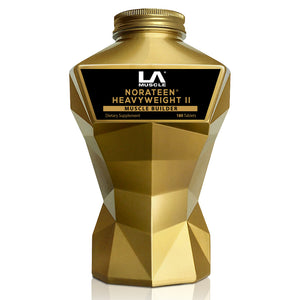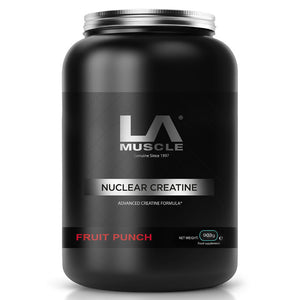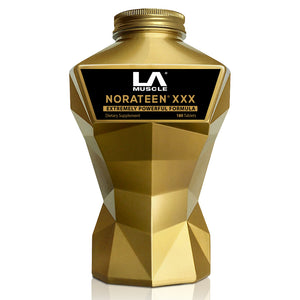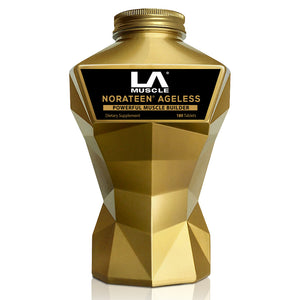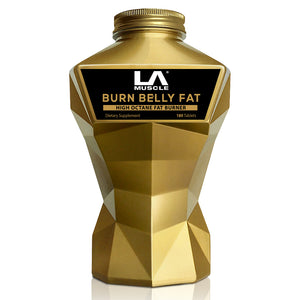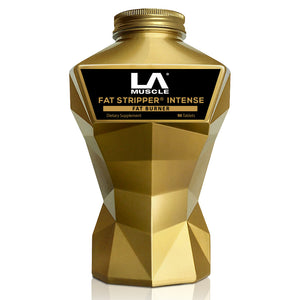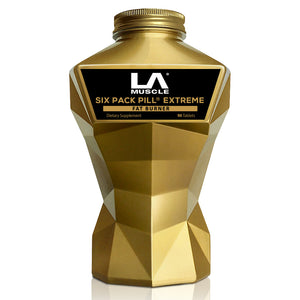The biceps, those two-headed muscles situated at the front of your upper arms, are often the poster child for strength and fitness. A well-defined pair can be not only a personal trophy but also a functional asset in many physical activities. This article will delve into the five best exercises for biceps development and explain how back training synergistically aids biceps growth.
Top 5 Biceps Exercises
1. Standing Barbell Curl
Why: The standing barbell curl is the quintessential biceps exercise. It is excellent for overloading the muscle and stimulating growth.
How: Stand with a barbell held at arm's length, palms facing forward. Keep your elbows tight to your sides and curl the weight up, contracting your biceps at the top of the movement. Lower under control.
2. Hammer Curl
Why: This exercise targets the brachialis muscle, which lies underneath the biceps brachii. This contributes to a fuller, thicker-looking arm.
How: Hold a dumbbell in each hand at arm's length, palms facing your torso. Keep your upper arms stationary and curl the dumbbells as close as possible to your shoulders. Lower the dumbbells back to the starting position.
3. Preacher Curl
Why: The preacher curl isolates the biceps by eliminating the possibility of using other muscles during the curl. It's great for focusing solely on bicep contraction.
How: Using a preacher bench, grip an EZ-bar at shoulder-width with palms facing upwards. Curl the bar upwards in a controlled motion, squeezing at the top. Lower it back down under control.
4. Incline Dumbbell Curl
Why: This exercise stretches the long head of the biceps, providing a different kind of tension than other curl variations.
How: Sit back on an incline bench with a dumbbell in each hand, arms fully extended, and palms facing forward. Without moving your upper arms, curl the dumbbells and allow your elbows to move closer to your torso.
5. Chin-Up
Why: Though primarily a back exercise, chin-ups also engage your biceps significantly. You're essentially curling your body weight, which can be an intense form of bicep training.
How: Grab the pull-up bar with a grip narrower than shoulder-width, palms facing you. Pull yourself up until your head clears the bar, emphasizing the contraction in your biceps. Lower yourself down in a controlled manner.
The Symbiotic Relationship with Back Training
A strong back often equates to strong biceps for a good reason: many of the compound movements used to target the back, like rows and pull-ups, also engage the biceps. Exercises like deadlifts, bent-over rows, and lat pull-downs require a strong bicep engagement to support the primary movers.
When you train your back, you’re not just focusing on those large muscles like the latissimus dorsi; you're also giving your biceps a run for their money. Consequently, a well-rounded back workout often provides sufficient stimulation for biceps growth. However, isolating the biceps with targeted exercises can give you that extra edge for a more sculpted appearance.
Training the biceps doesn't have to be an overly complicated endeavor. Incorporating a variety of exercises like standing barbell curls, hammer curls, preacher curls, incline dumbbell curls, and chin-ups can offer comprehensive development. And remember, don't overlook the benefits that come from a strong, well-trained back. The symbiotic relationship between back and biceps training could be your ticket to stronger, more aesthetic arms.




